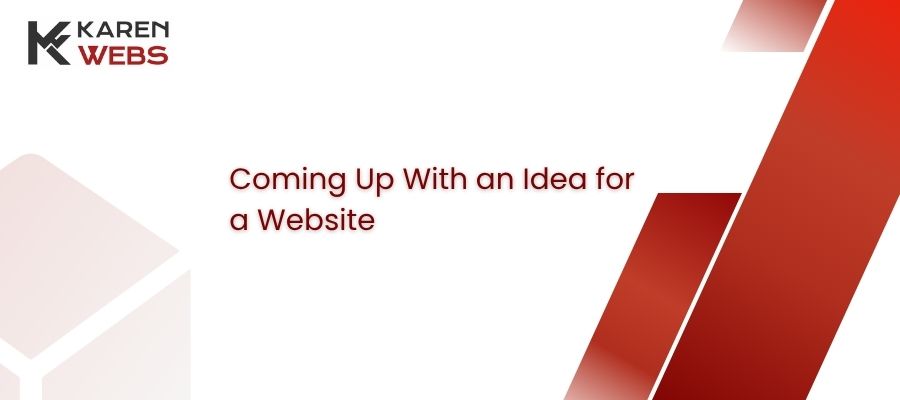Every remarkable website out there started out as a great idea – but the implementation of any idea is the process that either makes or breaks the final product. A website can either be primary or secondary to your business; if your business can only be accessed through your website such as most eCommerce platforms, then a website is primary to your business.
On the other hand, your website is secondary to your business if it mainly serves to advertise your offline-accessible business. The more a website is primary to your business, the more the attention it requires in terms of design, performance, and promotion. In today’s article, I will discuss some key things to be considered when coming up with an idea for a website be it primary or secondary to your business.
What is the purpose of your website?
Identifying the purpose of your website is the foundation of everything that needs to be done to fulfill the said purpose sustainably. If the purpose of your website is to sell products for example, then your website will need a means of processing customer orders and manage online payments et cetera. If the purpose of your website is to entertain or promote your brand, then your website will be more focused on blogging and social networking features and so on.
What do you expect from your visitors?
Now that you are clear about the purpose of your website, the next step is to be clear about your expectations for the people who will visit your website. Do you expect them to subscribe to your channel? Do you expect them to buy something from your website? Once you are clear about your expectations from your audience, you are now ready to implement the call-to-action features to your website which might be clickable buttons or pop ups that communicate your expectations to your audience.
What do visitors expect from your website?
Websites are by nature interactive tools – very much a give and take scenario – and the people visiting your website expect to find certain features in your website to accommodate them with more ease such as navigation features, search boxes, et cetera. Websites that are complex to use do not meet the expectations of their visitors, a situation that tends to work against the intended purpose of the website.
How will your website meet the overall expectations?
This is the part about the overall performance of your website while serving your expectations as well as the visitors’ expectations. Does your website load quickly or does it load at a slow, frustrating rate? Is your website stable across different browsers and responsive across different devices? Is your frontend and backend secured from common security threats? All these concerns make a good case for why you should seek a professional developer when implementing your idea into a website, and more so when a website is primary to your business or significantly secondary to your business.
Will the developer deliver as per the overall expectations?
In the light of the points that I have discussed above, you can see how a professional developer is central to the manifestation of your website idea. There used to be a time when the term ‘web developer’ or ‘web designer’ used to refer to people who write the code that runs a website, but you now need to dig a little deeper to encounter a genuine developer.
The good news is that if you are reading this article and you are seeking a reliable web developer to satisfactorily deliver your idea, you can get started with Karen Webs by reaching us via the contact information supplied in this website.

